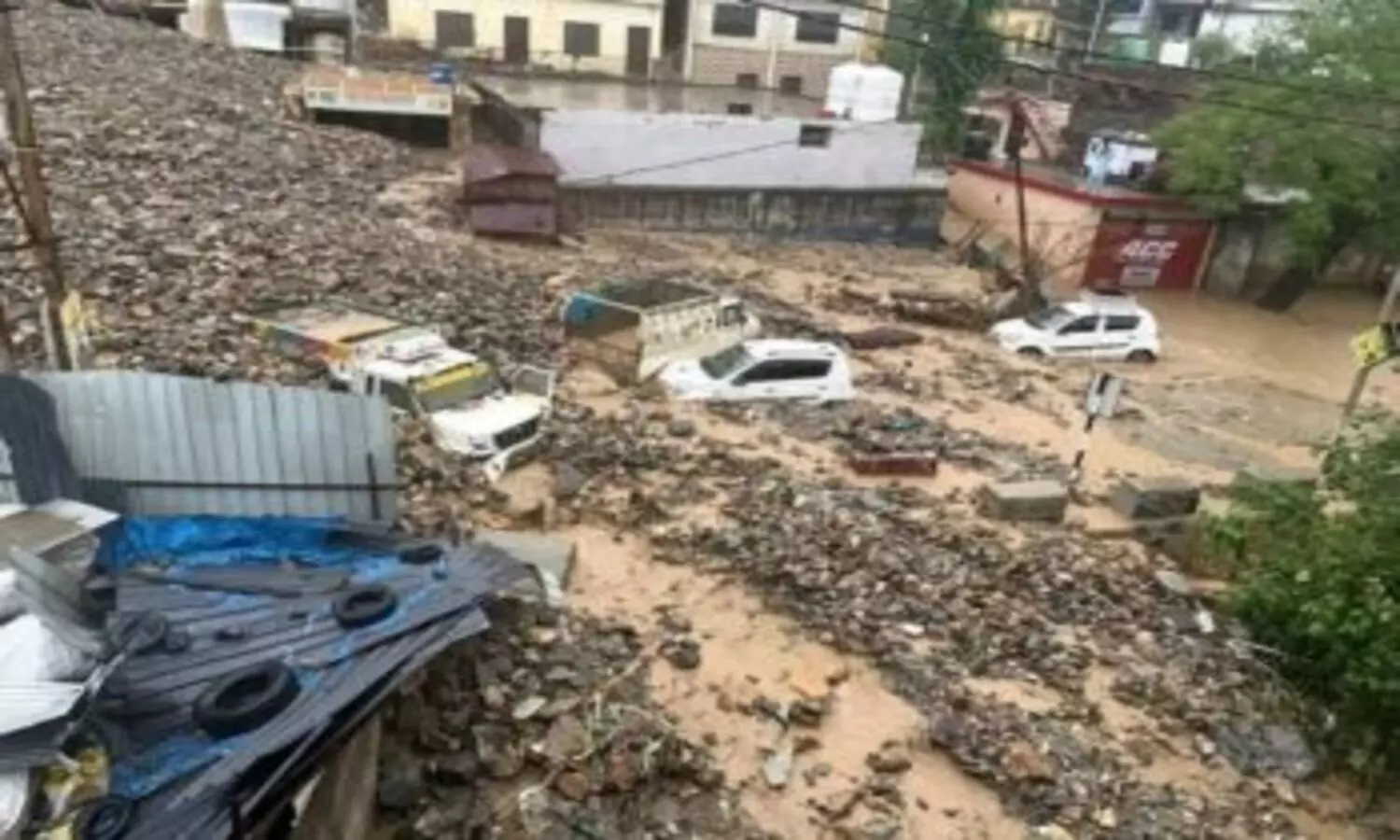NH-44 Upgradation Stalls: Fragile Terrain, Costly Mistakes Surface
NH-44, Kashmir’s key highway, faces landslides and delays due to flawed engineering and poor planning. Locals question the Rs 10,000 crore project.
image for illustrative purpose

The Srinagar‑Jammu National Highway (NH‑44), the sole road link between the Kashmir Valley and the rest of India, has faced repeated setbacks in its conversion into a year‑round, four‑lane corridor, exposing flaws in engineering plans and environmental safeguards.
The upgradation initiative launched in 2011 divided the 300‑kilometer route into multiple work packages. Early efforts saw the Jammu‑Udhampur segment and the Jammu end of the Chenani‑Nashri Tunnel (later renamed the Dr. Syama Prasad Mookerjee Tunnel) open in 2017, offering travelers relief from avalanche and landslide zones.
By contrast, the section between Ramban and Banihal stalled almost immediately. Original designs called for vertical cuts along existing slopes without detailed soil and rock surveys. Cutting began in 2014 and triggered frequent slides. After several years of stalled progress and growing instability, authorities blacklisted the initial consultant and fined the firm, but damage to slopes remained.
A revised project report, based on fresh geological data, recommended five tunnels to bypass the most unstable stretches. Tenders followed, and work resumed under new contractors. Yet progress has been slow, and new failures have emerged.
In 2023, the tunnel at Cafeteria Morh caved in under weak substrata, halting work after structural cracks appeared. A canopy meant to shield the highway also faltered under seasonal rains. In March 2025, persistent precipitation caused a section of road to sink, limiting traffic to a single lane and reigniting debate over whether an extended viaduct would have been safer than repeated hill cuts.
Further north in the Seri area, three years of slope‑protection efforts—including rock bolting and mesh netting—were swept away during the latest rains. Similar breakdowns at Kela Morh and Panthal have forced repeated closures. At Battery Chashma, road surface collapsed into an adjacent gorge, stranding hundreds of vehicles and disrupting civilian and military movements.
Local residents and transport operators warn that spending in excess of ₹10,000 crore on NH‑44 has brought little resilience. Investigators point to deficient project reports, weak oversight and the absence of regular safety audits. While consultants are periodically penalized, fines fail to restore damaged terrain or compensate those affected by accidents.
Officials now face calls to enforce stricter design standards in environmentally fragile zones, mandate independent reviews of geological surveys and introduce real‑time monitoring systems. Planners also urge development of alternate corridors, such as upgrading the Mughal Road or investing in rail links, to reduce reliance on the single highway.
NH‑44 was intended as a linchpin for trade, tourism and defense logistics. But until authorities strengthen accountability mechanisms, incorporate comprehensive geological data and diversify transit options, the highway risks remaining vulnerable to every seasonal downpour and ground shift.

